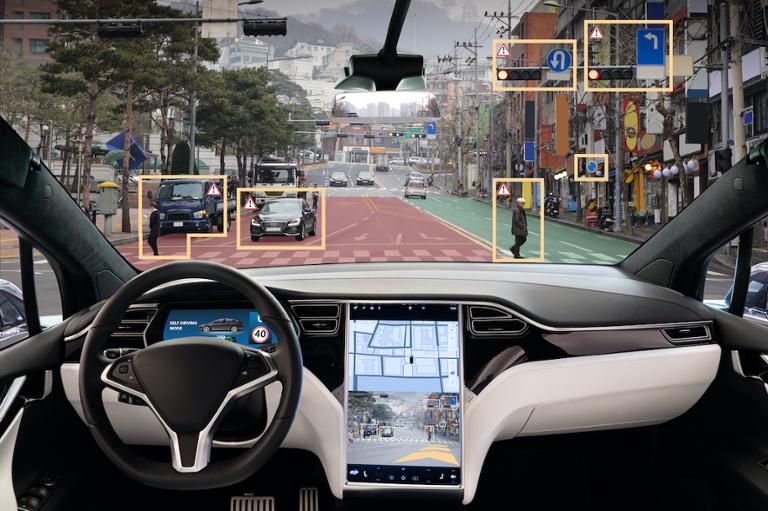Uber recently announced the layoff of 3,000 employees due to COVID-related pressures on the business; combined with other workforce cuts over the past few months, the ridesharing titan’s workforce has reportedly been reduced by roughly a quarter. Uber’s research and development teams are impacted by the reductions: “Given the necessary cost cuts and the increased focus on core, we have decided to wind down the Incubator and AI labs and pursue strategic alternatives for Uber Works,” Uber CEO Dara Khosrowshahi wrote in an internal email to employees.
Khosrowshahi didn’t mention Uber’s long-term plans around autonomous driving, which was a major goal of his predecessor, Travis Kalanick. However, Uber’s decision to refocus on its core could put the company’s dedication to that self-driving mission in doubt.
Uber isn’t the only automobile-centric tech firm cutting staff due to COVID-19. Cruise, the General Motors spinoff focused on self-driving electric vehicles, announced in mid-May that it would lay off around 8 percent of its workforce. “In this time of great change, we’re fortunate to have a crystal-clear mission and billions in the bank. The actions we took today reflect us doubling down on our engineering work and engineering talent,” a company spokesperson told Reuters.
Although it hasn’t cut staff, Waymo (which began life as a startup beneath the umbrella of Alphabet, Google’s parent company, before spinning off into its own firm) announced that it would suspend all driverless vehicle testing, including vehicles without a human “safety driver.”
The COVID-19 pandemic is forcing tech companies to re-examine their priorities in light of reduced bottom lines. At times like this, companies such as Uber might look at “moonshot” projects such as fully autonomous vehicles and decide to cut back on funding, despite investing millions or even billions on those efforts over the past several years. The big question is whether executives at these firms will turn the funding spigot back on once the COVID-19 pandemic passes.
For firms such as Cruise and Waymo, there’s simply no choice: Their mission is the perfection of autonomous driving, and they must either pass through the current situation or shut down. For Uber (and other big tech firms that haven’t announced their current autonomous-driving plans, such as Apple), things are a bit more complicated: Do you wait to resume funding that research? If you wait a year or two to do so, will you have lost so much ground that the pursuit is all but worthless?
Adding to the issue is the difficulty of autonomous driving itself. A few years ago, when Kalanick was pouring hundreds of millions of dollars into Uber’s self-driving hardware, and Google was testing out its autonomous-driving software on the streets of California, it seemed like world-changing breakthroughs in the technology were imminent. Despite the considerable brainpower thrown at the problem, though, no company has come up with a platform capable of perfectly navigating the world’s unpredictable highways and byways without some degree of human help.
In an ideal world, companies would continue to pour billions of dollars into autonomous driving until they perfected it. But with priorities readjusted due to COVID-19, suddenly research at that scale might not seem like the wisest investment, at least in the short term.
For those technologists interested in autonomous driving as a career, though, there’s reason to hope. The use-case is very much there for vehicles that can navigate from Point A to B without a human behind the wheel—take deliveries, for instance. The technologies underpinning autonomous driving will also help advance related industries, such as drone development and computer vision. And autonomous-driving startups such as Argo.ai are already publishing guidelines for getting back on the road, including the installation of physical barriers in vehicles that will be used as self-driving cabs.
If the idea of such a career interests you—if you want to kick the tires, as it were—check out Udacity’s self-driving car engineer nanodegree; Udemy and Coursera have similar coursework. Or if you want to plunge into the theories beneath the technology, MIT has videos and slides from its “Deep Learning for Self-Driving Cars” coursework. Autonomous driving isn’t going away, even if COVID-19 puts it into a temporary winter.
Visit our COVID-19 Resource Center, which aims to provide the tech community with the best, most up-to-date information on the novel coronavirus.


